PANIC DISORDER
WHAT IS PANIC DISORDER?
A panic attack can happen anywhere, at any time. You may feel terrified and overwhelmed, even though you’re not in any danger.
If this kind of random event has happened to you at least twice, and you constantly worry and change your routine to keep from having one, you might have panic disorder — a type of anxiety disorder.
Panic disorder occurs when you experience recurring unexpected panic attacks. The DSM-5 defines panic attacks as abrupt surges of intense fear or discomfort that peak within minutes. People with the disorder live in fear of having a panic attack. You may be having a panic attack when you feel sudden, overwhelming terror that has no obvious cause. You may experience physical symptoms, such as a racing heart, breathing difficulties, and sweating.
Table of Contents
Causes:
It’s not known what causes panic attacks or panic disorder, but these factors may play a role:
- Genetics
- Major stress
- Temperament that is more sensitive to stress or prone to negative emotions
- Certain changes in the way parts of your brain function
Panic attacks may come on suddenly and without warning at first, but over time, they’re usually triggered by certain situations.
Some research suggests that your body’s natural fight-or-flight response to danger is involved in panic attacks. For example, if a grizzly bear came after you, your body would react instinctively. Your heart rate and breathing would speed up as your body prepared for a life-threatening situation. Many of the same reactions occur in a panic attack. But it’s unknown why a panic attack occurs when there’s no obvious danger present.
Risk Factors:
Factors that may increase the risk of developing panic attacks or panic disorder include:
- Family history of panic attacks or panic disorder
- Major life stress, such as the death or serious illness of a loved one
- A traumatic event, such as sexual assault or a serious accident
- Major changes in your life, such as a divorce or the addition of a baby
- Smoking or excessive caffeine intake
- History of childhood physical or sexual abuse
Symptoms:
Symptoms of panic disorder often begin to appear in teens and young adults under the age of 25. If you have had four or more panic attacks, or you live in fear of having another panic attack after experiencing one, you may have a panic disorder.
Panic attacks produce intense fear that begins suddenly, often with no warning. An attack typically lasts for 10 to 20 minutes, but in extreme cases, symptoms may last for more than an hour. The experience is different for everyone, and symptoms often vary.
Common symptoms associated with a panic attack include:
- racing heartbeat or palpitations
- shortness of breath
- feeling like you are choking
- dizziness (vertigo)
- lightheadedness
- nausea
- sweating or chills
- shaking or trembling
- changes in mental state, including a feeling of derealization (feeling of unreality) or depersonalization (being detached from oneself)
- numbness or tingling in your hands or feet
- chest pain or tightness
- fear that you might die
The symptoms of a panic attack often occur for no clear reason. Typically, the symptoms are not proportionate to the level of danger that exists in the environment. Because these attacks can’t be predicted, they can significantly affect your functioning.
Fear of a panic attack or recalling a panic attack can result in another attack.
HOW TO STOP PANIC ATTACKS?
As symptoms begin to peak during a panic attack it can feel like the experience will never end. While you might think there’s nothing you can do except wait it out, there are some techniques you can practice to reduce the severity of your symptoms and distract your mind.
Have a Plan in Place
No matter what your plan is, having one in place is the most important thing. You can think of your plan as your go-to set of instructions for yourself when you feel a panic attack coming on. One plan might be to take yourself out of your current environment, sit down, and call a friend or family member that can help distract you from your symptoms and help you to calm down. Then you can incorporate the following techniques.
Practice Deep Breathing
Shortness of breath is a common symptom of panic attacks that can make you feel frantic and out of control. Acknowledge that your shortness of breath is a symptom of a panic attack and that this is only temporary. Then begin by taking a deep breath in for a total of four seconds, hold for a second, and release it for a total of four seconds. Keep repeating this pattern until your breathing becomes controlled and steady. Focusing on the count of four not only will prevent you from hyperventilating, but it can also help to stop other symptoms in their tracks.
Use Muscle Relaxation Techniques
In the midst of a panic attack, it’s inevitable that you’ll feel like you’ve lost control of your body, but muscle relaxation techniques allow you to gain back some of that control. Progressive muscle relaxation (PMR) is a simple but effective technique for panic and anxiety disorders. Start by clenching your fist and holding this clench until the count of 10. Once you get to 10, release the clench and let your hand relax completely. Next, try the same technique in your feet and then gradually work your way up your body clenching and relaxing each muscle group: legs, glutes, abdomen, back, hands, arms, shoulders, neck, and face.
Repeat a Mantra
You may feel a little awkward doing this at first but repeating an encouraging, positive mantra to yourself during a panic attack can serve as a coping mechanism. Try repeating something as simple as “This is temporary. I will be okay,” or “I’m not going to die. I just need to breathe.”
Find an Object and Focus on It
Pick an object that you can see somewhere in front of you and note everything you notice about that object—from its color and size to any patterns it may have, where you might have seen others like it, or what something completely opposite to the object would look like. You can do this in your head or speak your observational aloud to yourself or a friend.
Treatment:
Treatment can help reduce the intensity and frequency of your panic attacks and improve your function in daily life. The main treatment options are psychotherapy and medications. One or both types of treatment may be recommended, depending on your preference, your history, the severity of your panic disorder, and whether you have access to therapists who have special training in treating panic disorders.
PSYCHOTHERAPY: also called talk therapy, is considered an effective first-choice treatment for panic attacks and panic disorder. Psychotherapy can help you understand panic attacks and panic disorders and learn how to cope with them.
A form of psychotherapy called cognitive behavioral therapy can help you learn, through your own experience, that panic symptoms are not dangerous. Your therapist will help you gradually re-create the symptoms of a panic attack in a safe, repetitive manner. Once the physical sensations of panic no longer feel threatening, the attacks begin to resolve. Successful treatment can also help you overcome fears of situations that you’ve avoided because of panic attacks.
Seeing results from treatment can take time and effort. You may start to see panic attack symptoms reduce within several weeks, and often symptoms decrease significantly or go away within several months. You may schedule occasional maintenance visits to help ensure that your panic attacks remain under control or to treat recurrences.
MEDICATION :
Medications can help reduce symptoms associated with panic attacks as well as depression if that’s an issue for you. Several types of medication have been shown to be effective in managing symptoms of panic attacks, including:
Selective serotonin reuptake inhibitors (SSRIs): Generally safe with a low risk of serious side effects, SSRI antidepressants are typically recommended as the first choice of medications to treat panic attacks. SSRIs approved by the Food and Drug Administration (FDA) for the treatment of panic disorder include fluoxetine (Prozac), paroxetine (Paxil, Pexeva), and sertraline (Zoloft).
Serotonin and norepinephrine reuptake inhibitors (SNRIs): These medications are another class of antidepressants. SNRI venlafaxine (Effexor XR) is FDA approved for the treatment of panic disorder.
Benzodiazepines : These sedatives are central nervous system depressants. Benzodiazepines approved by the FDA for the treatment of panic disorder include alprazolam (Xanax) and clonazepam (Klonopin). Benzodiazepines are generally used only on a short-term basis because they can be habit-forming, causing mental or physical dependence. These medications are not a good choice if you’ve had problems with alcohol or drug use. They can also interact with other drugs, causing dangerous side effects.
If one medication doesn’t work well for you, your doctor may recommend switching to another or combining certain medications to boost effectiveness. Keep in mind that it can take several weeks after first starting a medication to notice an improvement in symptoms.
All medications have a risk of side effects, and some may not be recommended in certain situations, such as pregnancy. Talk with your doctor about possible side effects and risks.
PHYSIOTHERAPY :
Types of Exercise
Fortunately, there are many types of exercise that can improve mental health. From weight lifting to running, it’s important to find exercises that you enjoy doing. Here are some types of exercise that can be good for mental health:
Yoga :
Yoga can range from gentle to challenging. The most common form of yoga (hatha yoga) involves physical poses (known as asanas), controlled breathing, and periods of meditation.
Yoga is a low-risk method for healing the body and mind. Often the positive effects can be felt after just one class.
A 2018 study published in Complementary Therapies in Clinical Practice found that yoga can help:
Decrease physiological arousal
Lower heart rate
Lower blood pressure
Improve respiration
Reduce the stress response
Reduce depression and anxiety
Increase energy and feelings of well-being
Tai Chi :
Tai Chi is an ancient Chinese martial art that combines meditation and rhythmic breathing in a slow series of graceful body movements and poses (also called forms). Tai Chi has been shown to:
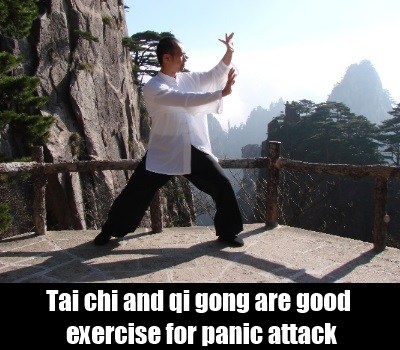
Reduce stress
Lower blood pressure
Reduce anxiety
Improve depressed mood
Increase self-esteem

Aerobic Exercise :
There is growing research evidence that regular aerobic exercise (such as running, cycling or swimming) is associated with better psychological health.
Although studies have focused on depression, panic disorder, and obsessive-compulsive disorder (OCD), there’s also some evidence to suggest a positive effect of exercise on social phobia.
Both single sessions and long-term programs of aerobic exercise have been shown to provide a positive benefit for psychological health.
Although as little as five to 10 minutes of aerobic exercise can help to improve your mood and reduce your anxiety, regular programs, lasting from 10 to 15 weeks, seem to improve one’s overall mental state.
Breathing exercise :
If you’re breathing quickly during a panic attack, doing a breathing exercise can ease your other symptoms. Try this:
- Breathe in as slowly, deeply, and gently as you can, through your nose.
- Breathe out slowly, deeply, and gently through your mouth.
- Some people find it helpful to count steadily from 1 to 5 on each in-breath and each out-breath.
- Close your eyes and focus on your breathing.
You should start to feel better in a few minutes. You may feel tired afterward.

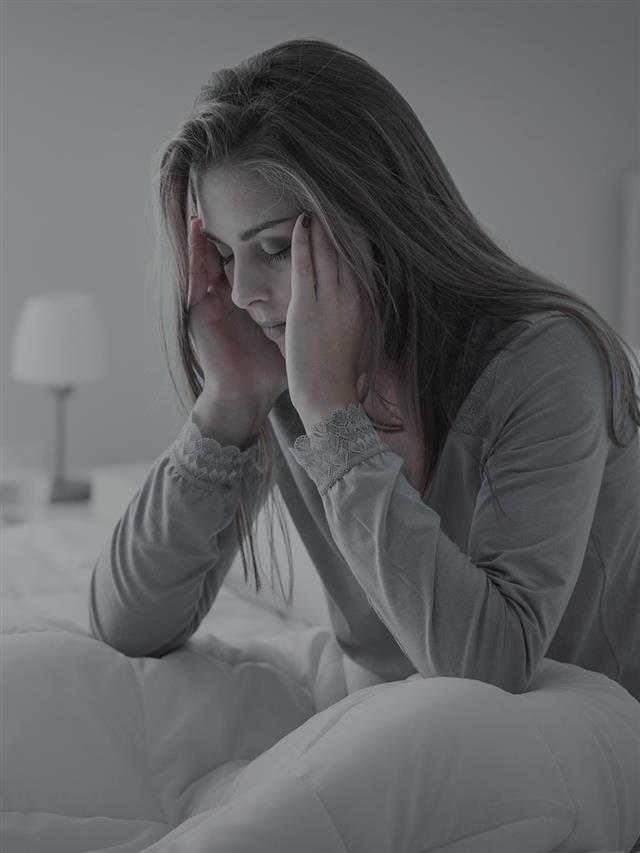
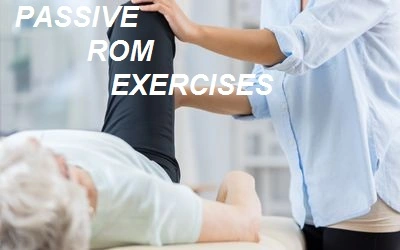
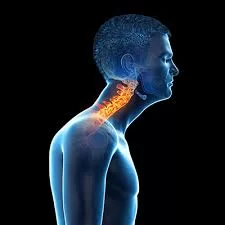
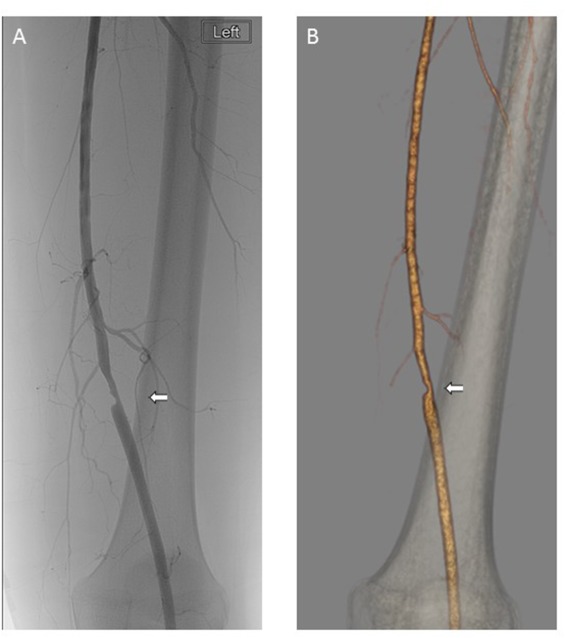
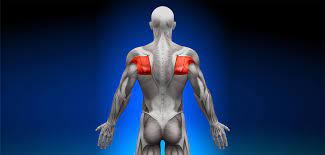

5 Comments